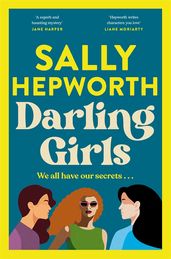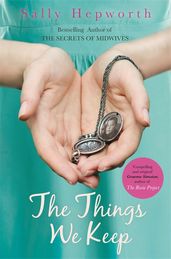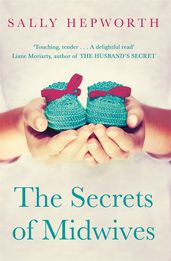Synopsis
The Secrets of Midwives is a powerful story about the buried secrets three generations of women are forced to confront. From Sally Hepworth, the number one bestselling author of The Mother-In-Law and The Family Next Door.
'Fiction at its finest' - Liane Moriarty, author of Big Little Lies.
Neva Bradley was going to tell her family that she was pregnant – eventually. The discovery that Neva, a third-generation midwife, is six months pregnant is a surprise for everyone, but her stubborn refusal to identify the father is the greater shock. What is she hiding, and why?
Her mother, Grace, cannot let this secret rest, even while her own life begins to crumble around her – a scandal that she must keep from her husband at all costs.
For Floss, Neva's grandmother and a retired midwife, Neva's situation thrusts her back 60 years in time to a secret that eerily mirrors her granddaughter's. A secret which, if revealed, will have life-changing consequences for them all . . .
Authors love Sally Hepworth:
'Completely compulsive' - Jane Harper
'Women’s fiction at its finest' - Liane Moriarty
'Smart suspenseful, brimming with secrets' - Kate Morton
'Clever, chilling and beautifully crafted’ - Adele Parks
Readers love The Secrets of Midwives:
‘Be prepared for a rollercoaster of emotion that will catch your heart’
‘Very true to life I thought’
‘Sally’s writing is very gripping and engaging, the scenes felt so real and authentic and I loved how all three of them had their own story to tell’
‘I’ve found my new best author! This is the sixth book I’ve read by Sally Hepworth. She never fails to deliver!’
‘I don't often enjoy reading but this even made me cry’
Details
Reviews
Touching, tender . . . A delightful read.
With empathy and insight . . . Hepworth delivers a page-turning novel (about) one of the most important moments in a woman's life - when she becomes a mother - and spins a story that will hold you captivated until the end.



